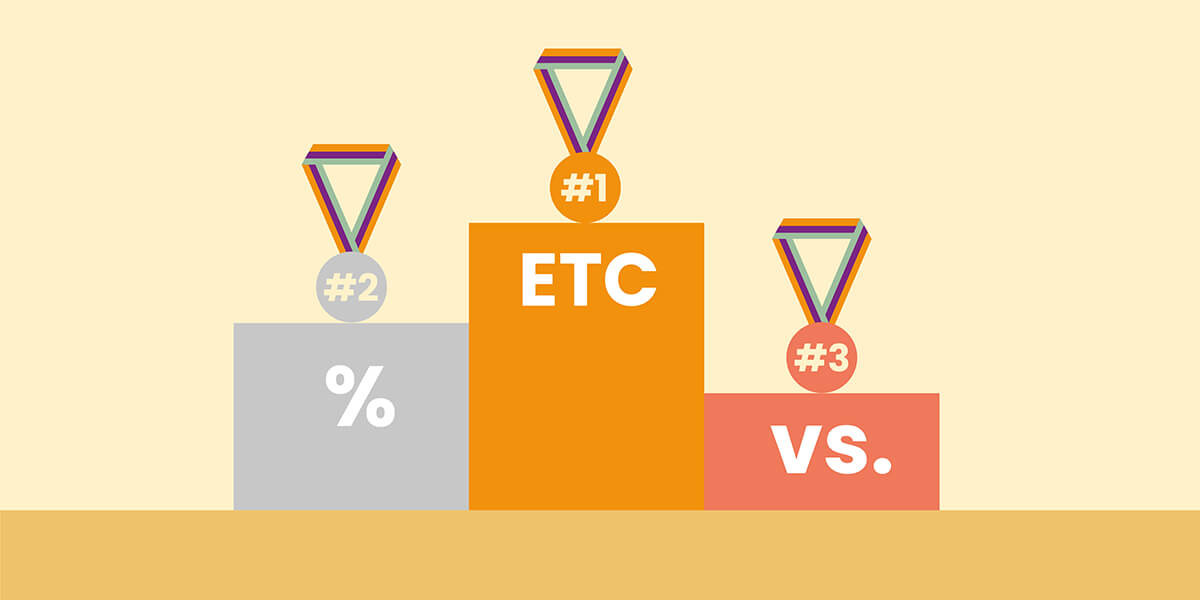
How do you know you have scheduled enough for the future?
As soon as you take on projects, you schedule them ahead in time. Depending on how your projects go, you will gradually find out whether you have scheduled enough hours.
We blog about project and resource planning to help your company improve. Subscribe to our blog and we will send fresh inspiration to your inbox.

As soon as you take on projects, you schedule them ahead in time. Depending on how your projects go, you will gradually find out whether you have scheduled enough hours.

What do you do with questions such as: “How is our project actually doing”? “Are we still on schedule or are we far from our target”? You probably have an answer.

The start of many projects receives much attention. It is celebrated, installed, kicked-off, etc. In this article, I want to write a few tips about a stepchild in project management.

You can reduce 50% of the safety margin in the planning. So that’s wasted time. If you cut this margin away, you can complete projects in three-quarters of the time.

Many project-based companies must be available to their clients 24 hours a day. For this, they have to set up a breakdown service and plan employees accordingly.

In some companies, employees can decide for themselves when they work on a project. Sadly, the result is that the hours spent quickly do not match the planned hours.

With a large resource pool, it isn’t easy to track who can do what. Companies that run into this are missing a powerful medium; this tool is called a skill matrix.

For your project-based service providers, hours are the fuel on which those companies run. Therefore, those hours must be complete, correct, and available on time.

Good planning is vital for many firms. This way, you optimize the hourly-based turnover, and your employees work as efficiently as possible. Yet it often doesn’t work out.

You probably heard of data looting, information leakage, and losing laptops. Data security is crucial because it can have significant consequences for your business.